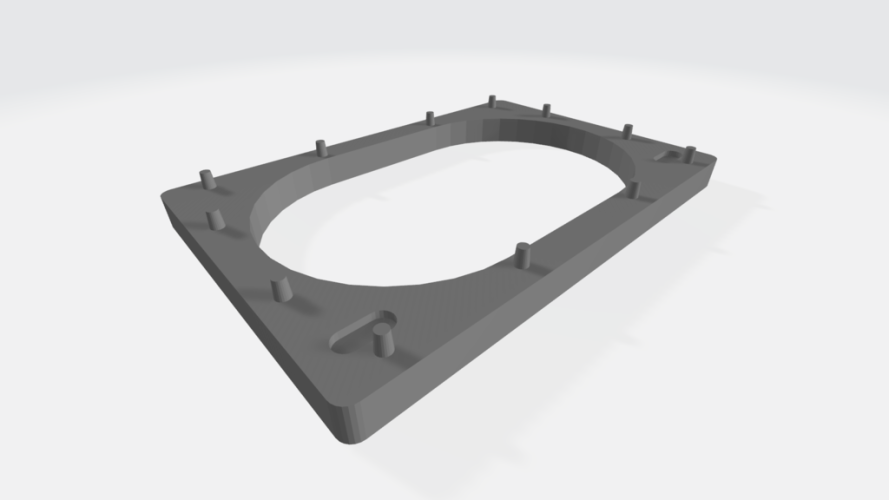kevin gilmore
Señor Stax. Señor MAXX.
Can Jam '10 Organizer
- Joined
- Jun 21, 2001
- Posts
- 3,066
- Likes
- 1,167
1)BIAS supply questions.
Again, if my design question belongs in another thread, please alert me and I'll repost. Thanks.
The questions are:
1) Regulated bias supply or unregulated?
• Advantage Regulated: The UHV-power regulated supply module, model USA24600S-4, available from lcsc.com, is quite cheap from China, $33 each.
• Disadvantage Regulated: The UHV is is not adjustable and is available with a fixed 600 V output (580 V is not an option to my knowledge)
• Advantage Regulated: The Bertan PMT model is very clean, has very low ripple and is adjustable.
• Disadvantage Regulated: The Bertan PMT is very expensive, well over $100 from Ebay and potentially over $300 new
• Advantage Unregulated: The unregulated DC-DC converter, Q 06-5 from Emco (XP Power) is quite expensive, well over $100 each retail. But it can be adjusted with an adjustable low voltage supply input. The LT 3081C regulator can be easily adjusted to circa 5V, so producing a predictable output voltage from the Emco into a known fixed load.
2) Is 600 VDC bias dangerous to the phones?
* Dr. C. of Audeze tells me that the CRBN can take a much higher bias voltage without any damage, so 600 V is not a problem with the Audeze. The question is this dangerous for Stax phones?
3) If 600 VDC is dangerous for the Stax models, how can we effectively attenuate a 600 V regulated supply?
• The higher the resistive values in the attenuator, the higher the impedance feeding the 4M7 bias resistor and the more unpredictable and harder to measure is the output voltage. It pays to start with a low impedance source to accurately measure the voltage, even with a 10X probe. The lower the resistive values in the attenuator, the bigger and more cumbersome wattage resistors have to be employed. This is a dilemma, I would like suggestions as I'm attracted by the price of the UHV module.
the bias supply on all my desktop headphone amplifiers is a voltage doubler from the + regulated supply which makes 700v-800v. don't care what the voltage is because it is followed by a 10m90s and a 580v string of 1% zener diodes. then 2 stage filter. this produces a regulated 580v +/- 5v that is not adjustable. over time and temperature and long term the measurements drift less than 1%
the 600v of the uhv power is too low to do the 10m90s, but 2 resistors bring it down to 580v easily and sure looks to be extremely stable, less than 1%
(have it on a long term measuring rig right now)
you could use the emco module and set it for about 700v and then do the same thing with the ixys and zener diodes.
the one problem i know of for sure is that as the bias current changes mainly due to humidity, the emco module output voltage will drift even with a fixed input voltage.
alternatively you can wrap the emco module in a fully regulated differential discrete amplifier similar to the grhv.
2) personal opinion is that the stax headphones will not be damaged with 600v as long as you use the 5Meg resistor
3) correctly measuring the bias voltage is easy with any standard 10M input resistance dvm. just have to do it before the 5Meg resistor.
(or get one of the 1Gohm input impedance voltmeters, which is much more expensive)
(new versions of these are hard to find, have to go vintage vtvm)
If the headphones are new, the inital charging current is 50 micro amps which drops very quickly to under 10 microamps (5 minutes)
using 1gohm input impedance voltmeter measuring voltage accross the 5M resistor. i have seen really trashed headphones continuously draw over 100 microamps which does not decrease with time.
doing a fully regulated everything with feedback directly after the 5M resistor is probably a bad idea because it will try to force the headphones to charge faster.
doing a quad esl63 charging circuit which includes a neon light in series with a 47k resistor across the 5M might be a way to charge headphones safely and much quicker.
since it works reliably for 20+ years on my quads, it must work.
Last edited:





























